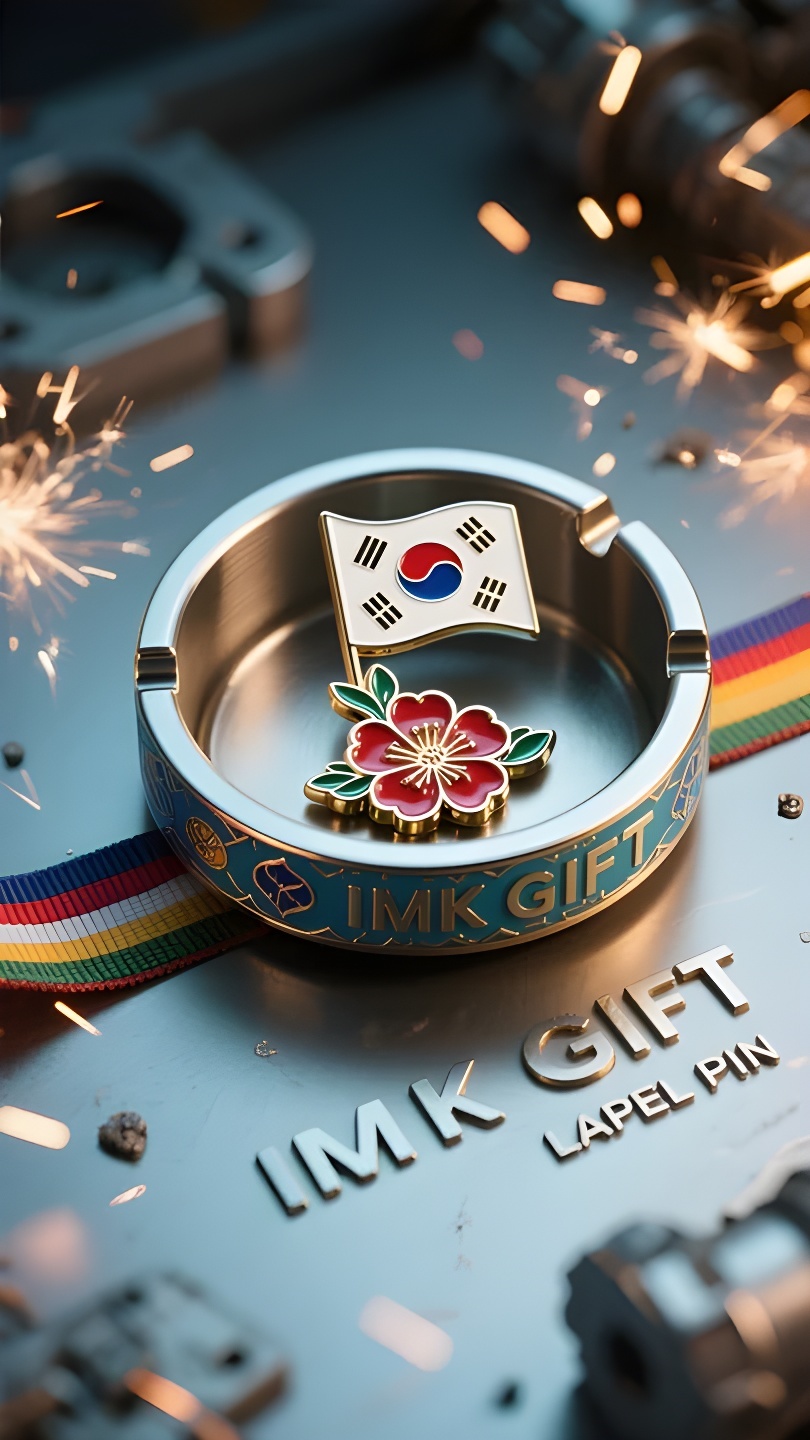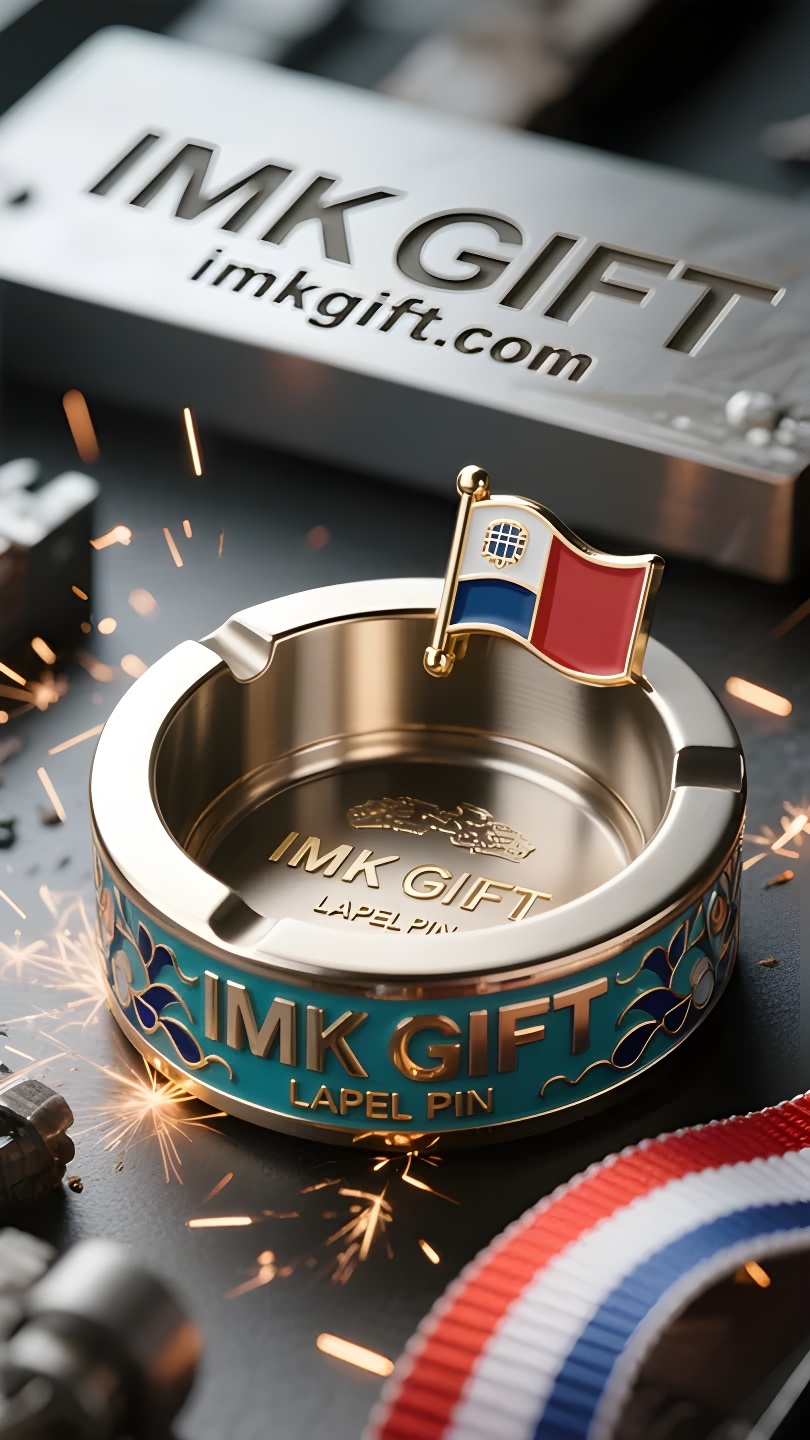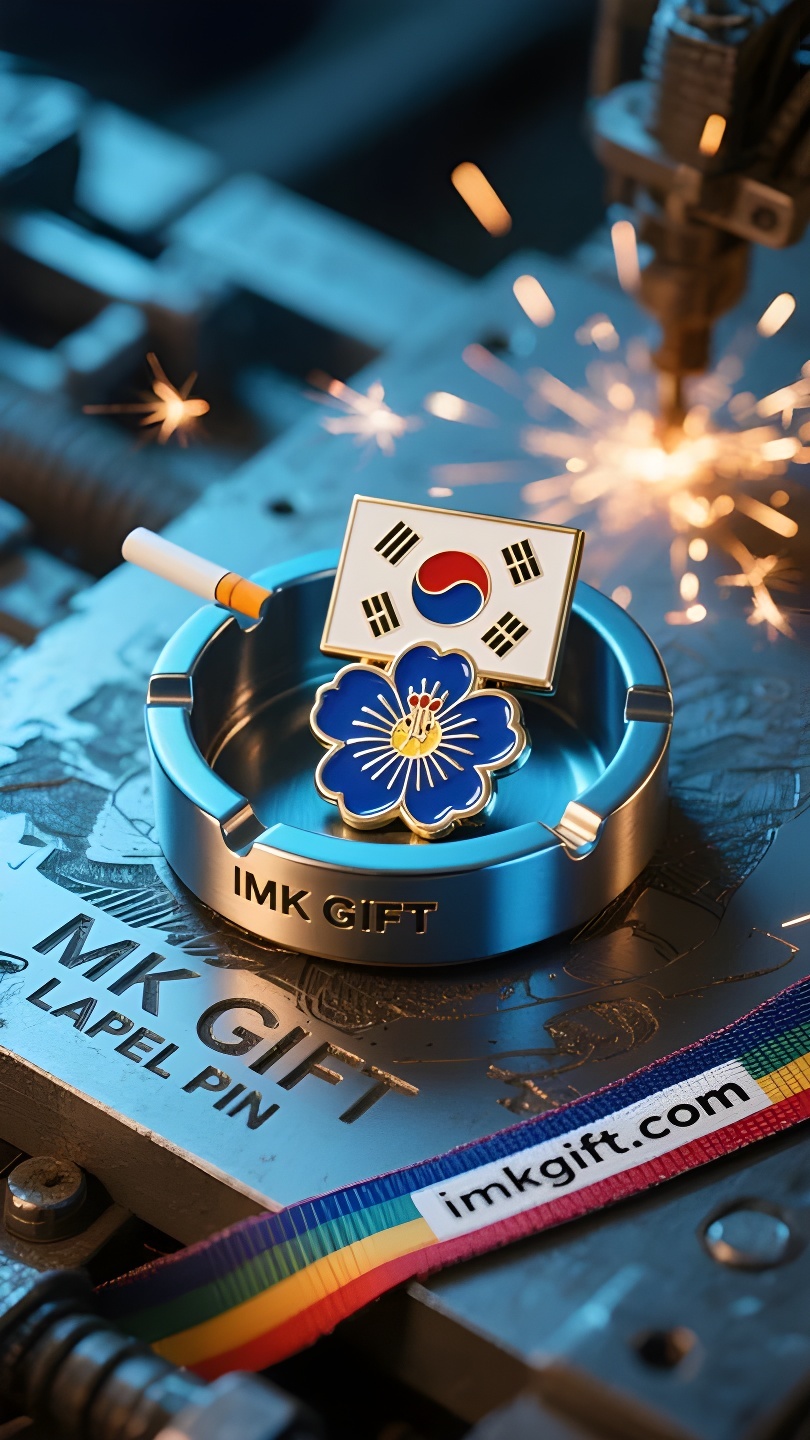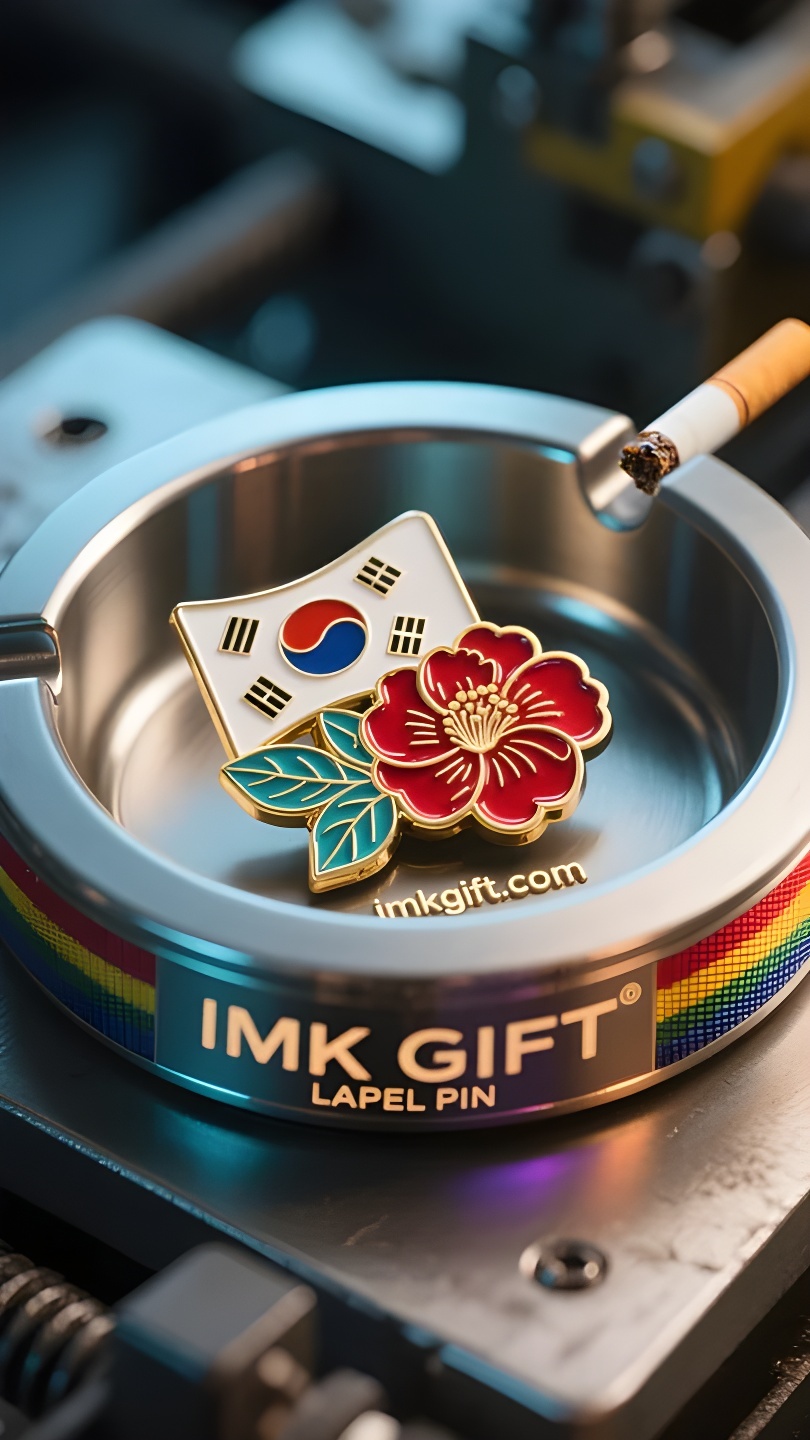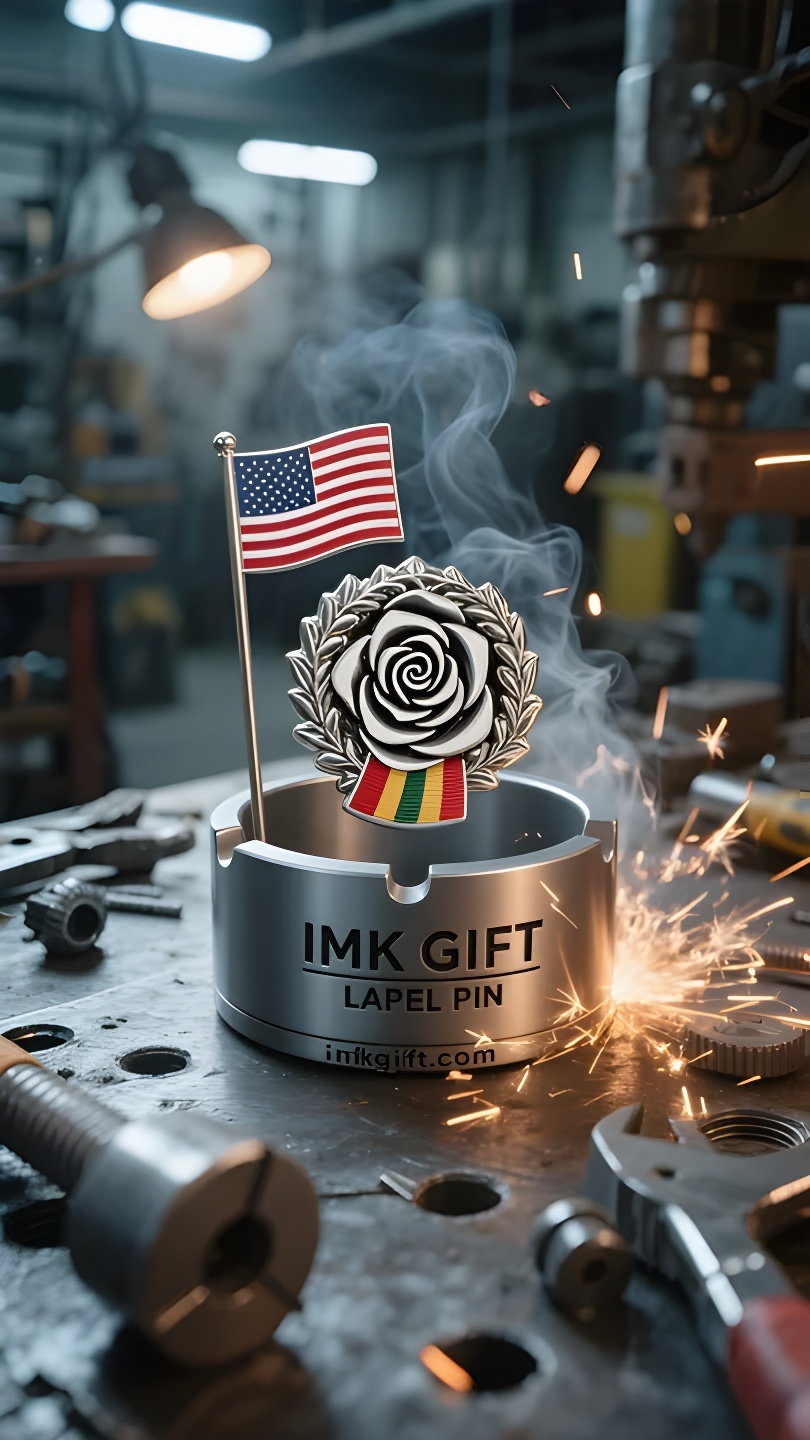in995-한-민족의-영혼은-히비스커스의-재-속에서-꽃핀다
▼
8월 15일, 대한민국은 광복절을 기념했습니다. 식민지 지배에서 해방을 기념하는 엄숙한 순간, 태극기의 붉은색과 파란색 태극 문양과 무궁화 토템은 민족 정신의 깊은 코드를 응축했습니다. 그리고 겉보기에 평범해 보이는 유물인 무궁화 꽃 재떨이는 이 강인한 정신을 해석하는 은유와 같습니다. 전통적인 한국 재떨이는 종종 백자를 기반으로 하고, 안쪽 벽에는 다섯 장의 무궁화 꽃잎이 새겨져 있습니다. 재가 꽃의 중심부로 천천히 떨어질 때, 재와 백자는 역사의 긴 강물 속의 고통과 재생처럼 날카로운 대비를 이룹니다. 무궁화는 아침에 피고 저녁에 지지만 매일 피어납니다. 마치 재떨이가 타버린 후 끊임없이 잔해를 받아들이면서도 항상 깨끗한 배경색을 유지하는 것처럼 말입니다. 이 “잿더미 속의 영원”은 전쟁과 분단을 겪었지만 여전히 문화적 뿌리의 강인함을 유지하는 한국 민족과 같습니다. 무궁화 꽃 재떨이를 만들 때, 당대 장인들은 의도적으로 암술대의 오목한 디자인을 더욱 깊게 만들었습니다. 이는 실용적인 측면뿐 아니라 “고통을 받아들이고 지혜를 촉발시킨다”는 동양 철학과도 암묵적으로 부합합니다. 광복절이 사람들에게 역사를 기억하되 고통에 얽매이지 말라고 일깨워 주듯이, 이 재떨이의 디자인은 진정한 힘은 과거를 새로운 삶을 위한 비옥한 토양으로 만드는 데 있음을 보여줍니다. 광복절 아침 햇살에 태극기가 펄럭일 때, 무궁화 무늬 재떨이는 단순히 재를 담는 것이 아니라 시대의 불길 속에서 단련된 민족의 생존 지혜를 담고 있습니다. 고통을 자양분으로 바꾸는 이 활력은 폐허에서 번영으로 나아가는 한국의 여정에서 영적인 토템입니다.
On August 15, South Korea celebrated Liberation Day. At the solemn moment of commemorating the liberation from colonial rule, the red and blue Tai Chi pattern and hibiscus flower totem on the Taegeukgi condensed the deep code of the national spirit. And a seemingly ordinary artifact – the hibiscus flower ashtray, is like a metaphor for interpreting this tenacious spirit. Traditional Korean ashtrays often have white porcelain as the base, and the inner wall is carved with five petals of hibiscus. When the ash slowly falls into the heart of the flower, the ashes and the white porcelain form a sharp contrast, just like the suffering and rebirth in the long river of history. Hibiscus blooms in the morning and falls in the evening, but blooms every day, just like the ashtray constantly accepts the remains after burning, but always maintains a pure background color. This “eternity in ashes” is just like the Korean nation that has experienced war and division, but still maintains the tenacity of its cultural roots. When making hibiscus flower ashtrays, contemporary craftsmen deliberately deepened the concave design of the pistil. This is not only a practical consideration, but also implicitly in line with the Eastern philosophy of “accommodating pain and precipitating wisdom.” Just as Liberation Day reminds people to remember history but not to dwell on pain, the design of the ashtray indicates that true strength lies in turning the past into fertile soil for the new life. When the Taegeukgi flutters in the morning light of Liberation Day, the hibiscus pattern ashtray carries not only ashes, but also the survival wisdom of a nation tempered in the flames of the times. This vitality that transforms suffering into nutrients is the spiritual totem of Korea’s journey from ruins to prosperity.
八月十五日,韩国迎来光复节。在纪念摆脱殖民统治的庄严时刻,太极旗上的红蓝太极纹与木槿花图腾,凝结着民族精神的深层密码。而一件看似寻常的器物——木槿花烟灰缸,恰似解读这份坚韧精神的隐喻载体。
传统韩式烟灰缸常以白瓷为底,内壁雕刻着五瓣木槿。当烟灰徐徐落入花心,灰烬与瓷白形成鲜明对比,如同历史长河中的磨难与新生。木槿朝开暮落却日日绽放,正如烟灰缸不断接纳燃烧后的残骸,却始终保持着纯净的底色。这种”灰烬中的永恒”,恰似韩国民族历经战火与分裂,依然保持文化根脉的顽强。
当代工匠在制作木槿花烟灰缸时,特意加深了花蕊的凹陷设计。这不仅是实用考量,更暗合”容纳伤痛,沉淀智慧”的东方哲思。就像光复节提醒人们铭记历史却不沉溺伤痛,烟灰缸的器型设计昭示着:真正的强大,在于将过往化为滋养新生的沃土。
当太极旗在光复节的晨光中飘扬,木槿花纹烟灰缸承载的不仅是灰烬,更是一个民族在时代烈焰中淬炼出的生存智慧。这种将苦难转化为养分的生命力,正是韩国从废墟走向繁荣的精神图腾。
▼
Contact Us
📞 Tel: +0086-760-85286839
📧 Email: sales3@imkgift.com

